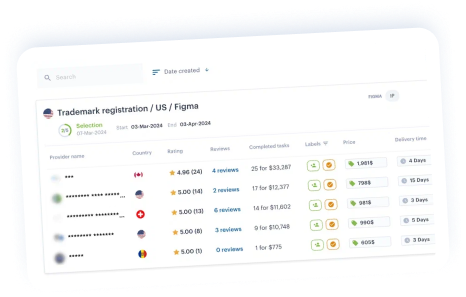Bureau d'études Action Répondre en Hong Kong
Lors de l'examen, vous pourriez recevoir une notification administrative contenant des exigences ou des objections. Ce n'est pas un problème. L'avocat l'analysera, élaborera une stratégie et préparera une réponse.



Lors de l'examen, vous pourriez recevoir une notification administrative contenant des exigences ou des objections. Ce n'est pas un problème. L'avocat l'analysera, élaborera une stratégie et préparera une réponse.







-
Un assistant IP basé sur l'IA qui vous aide à créer une mission détaillée en quelques minutes.
-
Sélection de l'avocat en design local le plus approprié sur la base de critères spécifiques.
-
Analyse des actions du bureau, élaboration, préparation et classement de la stratégie de réponse.
-
Suivi et reporting en ligne sur la plateforme tout au long du processus.

-

Plus de 800 cabinets d'avocats spécialisés en propriété intellectuelle dans plus de 150 pays, classement et avis
-

Un assistant IP alimenté par l'IA qui aide à créer des tâches et à trouver des avocats pertinents
-

Frais forfaitaires, paiements en ligne sécurisés et rapides avec résultats garantis
-

Accès 24h/24 et 7j/7 au processus d'enregistrement et au stockage des données en ligne pour tous vos dossiers
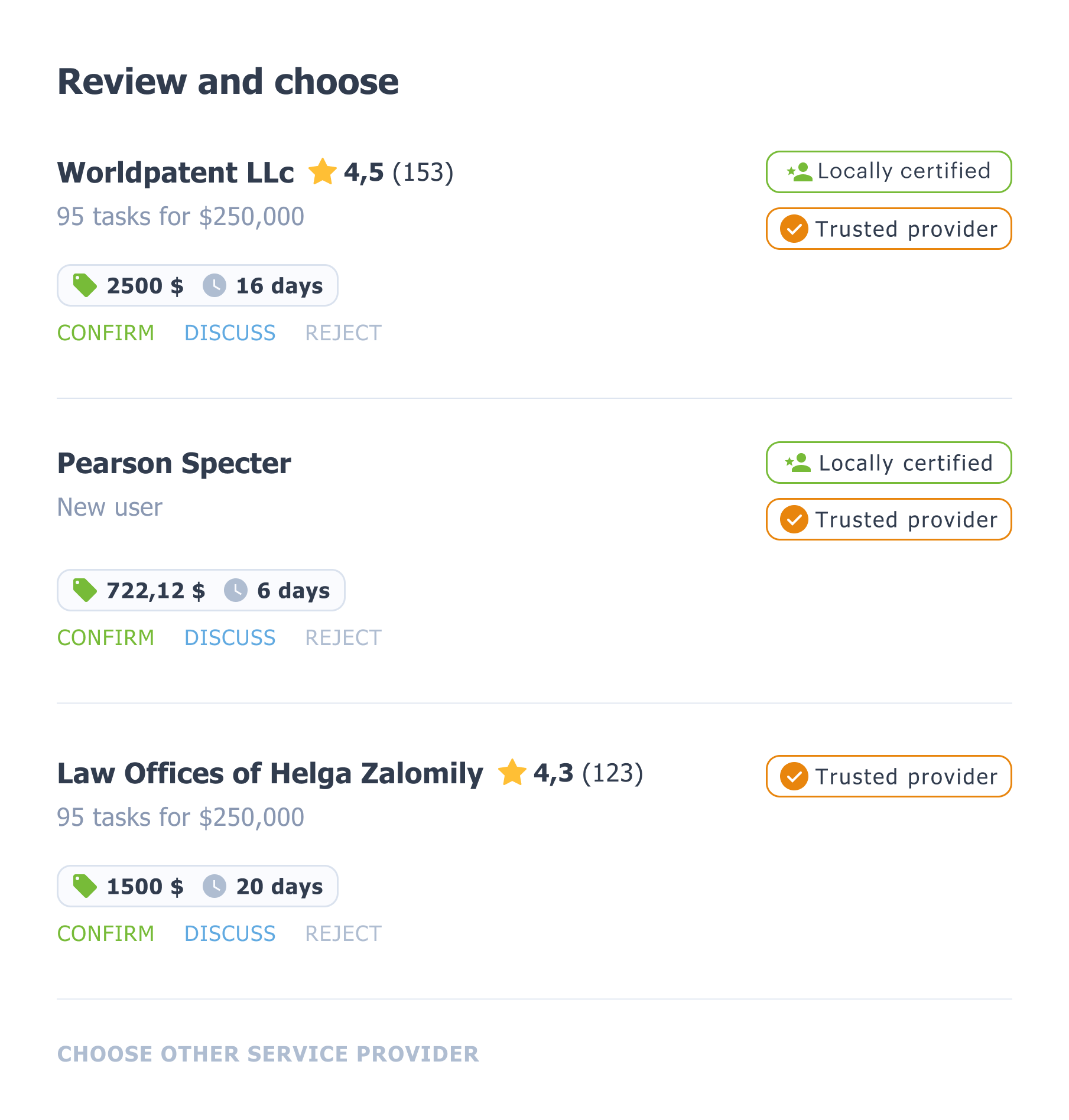



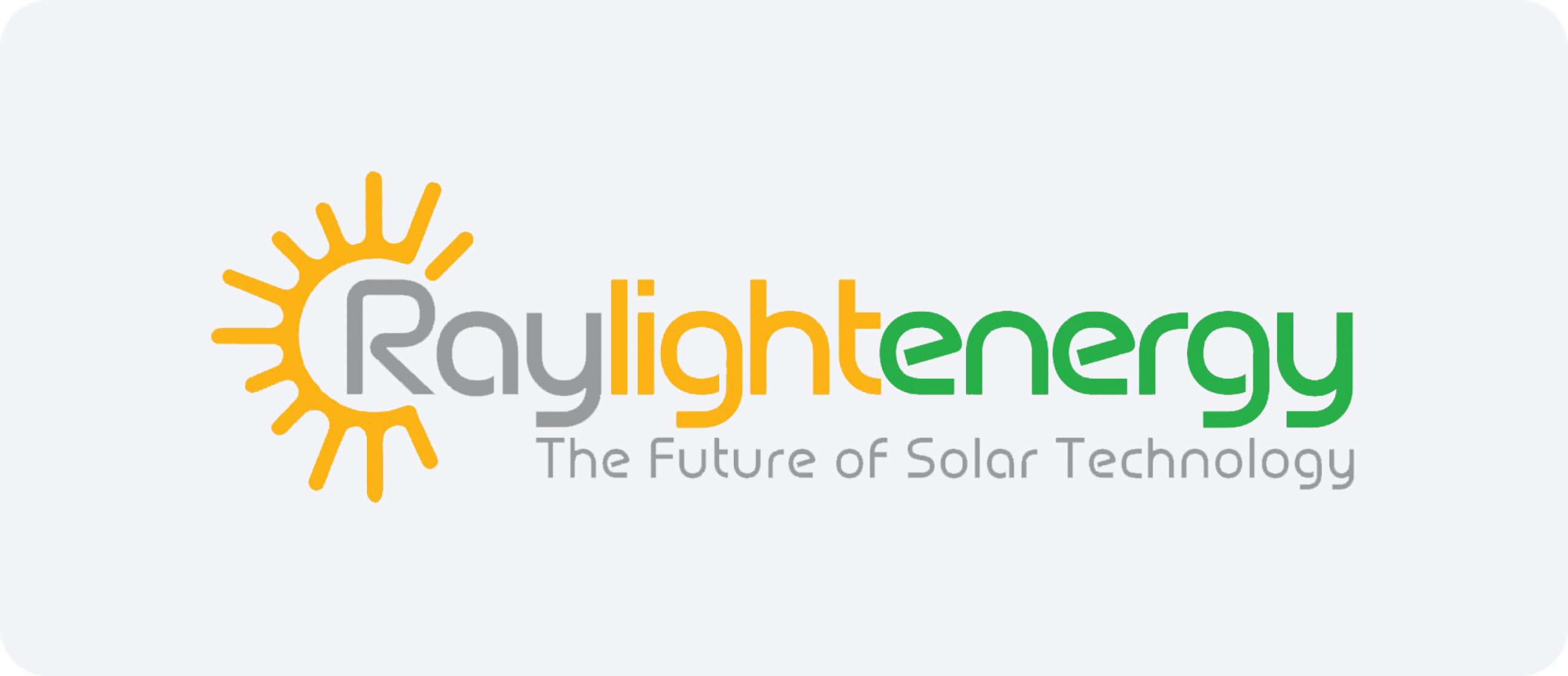



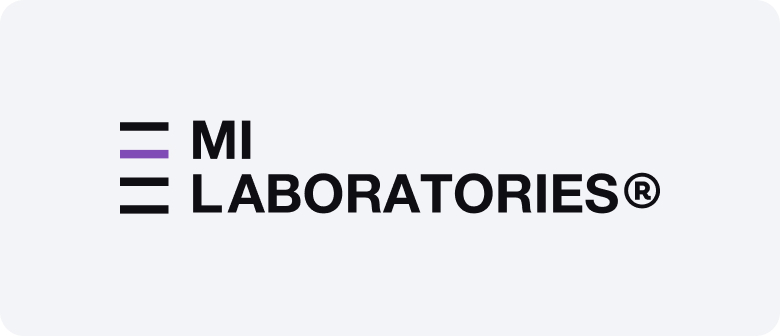

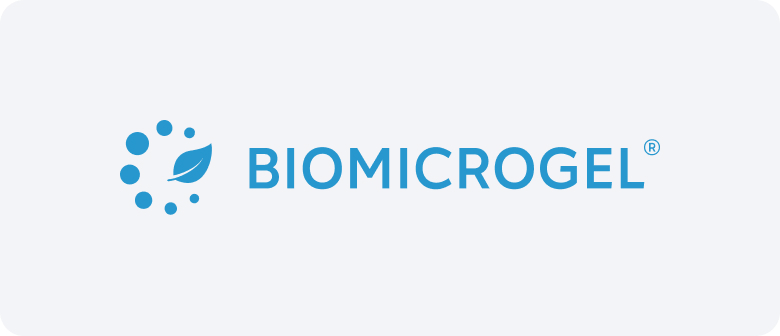
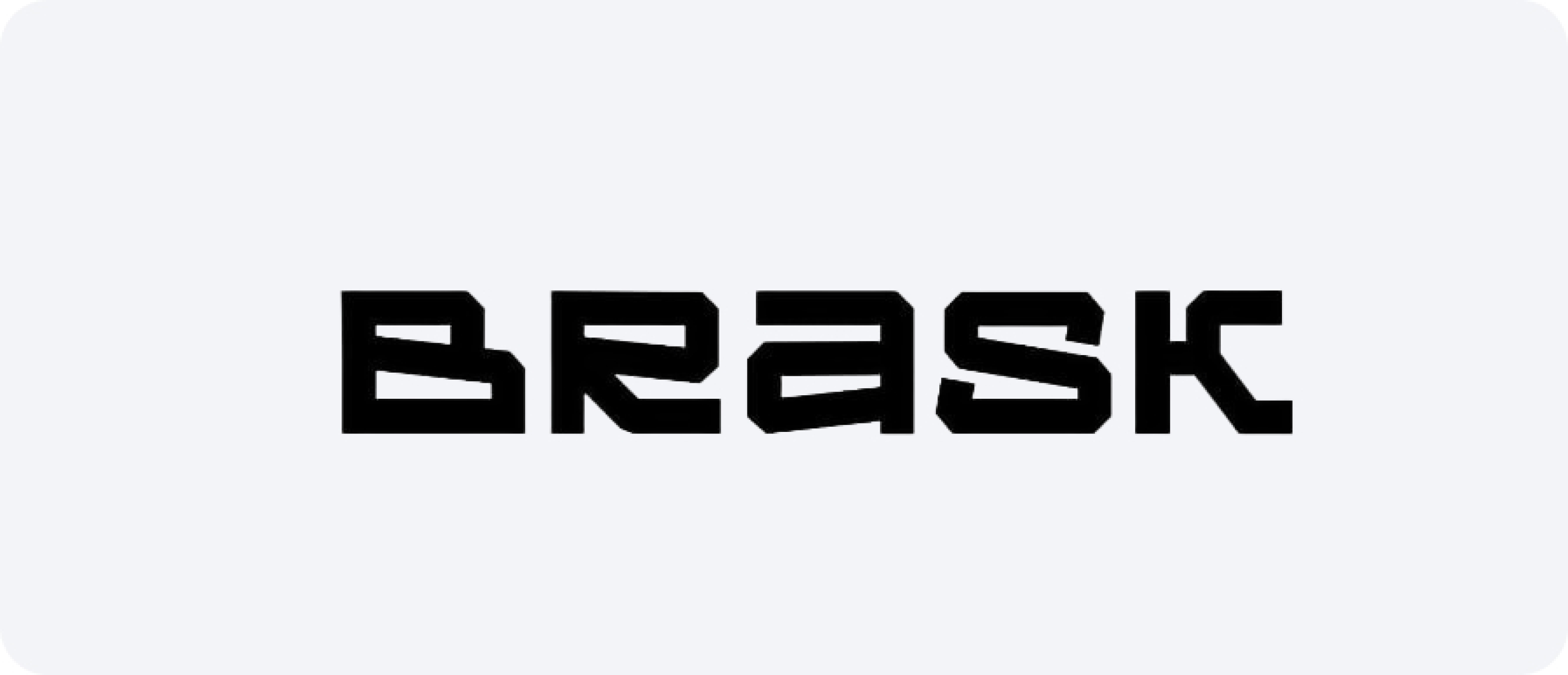




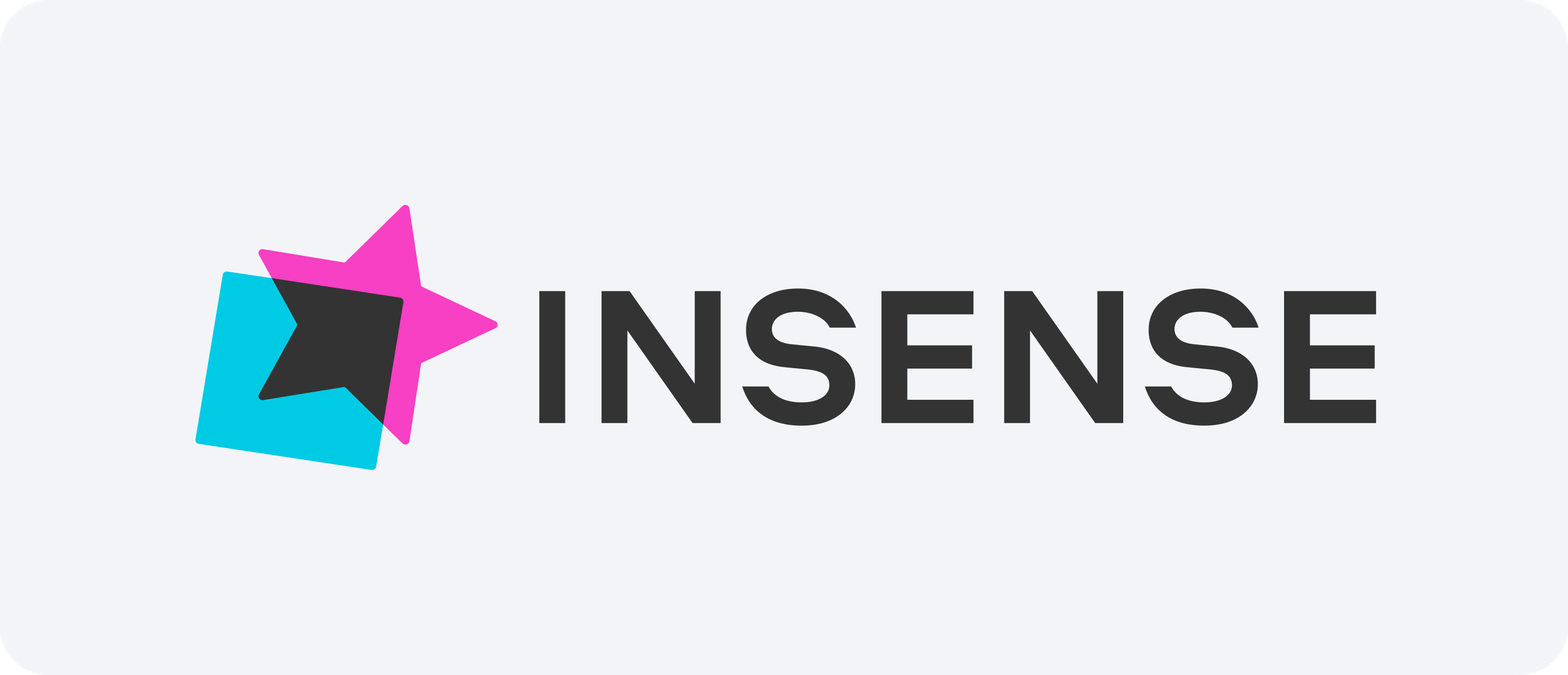

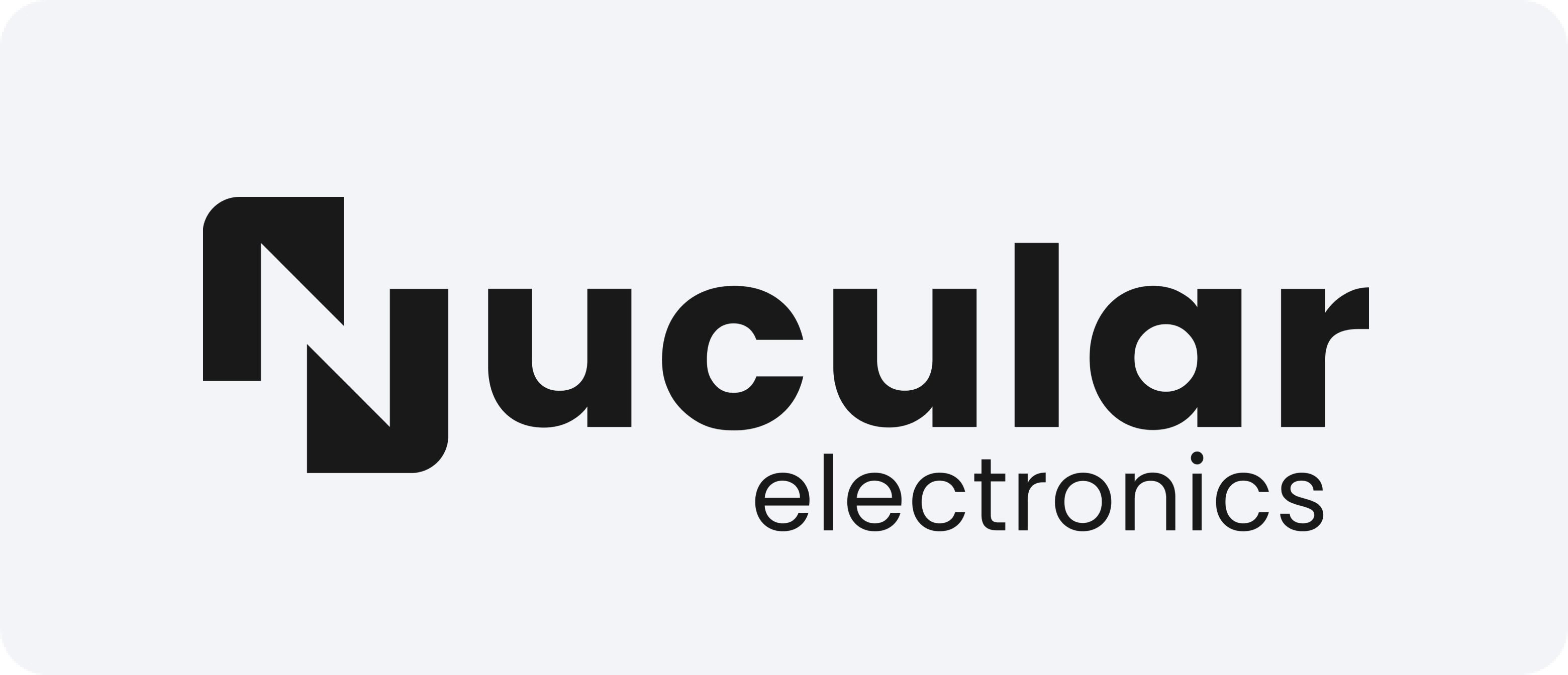


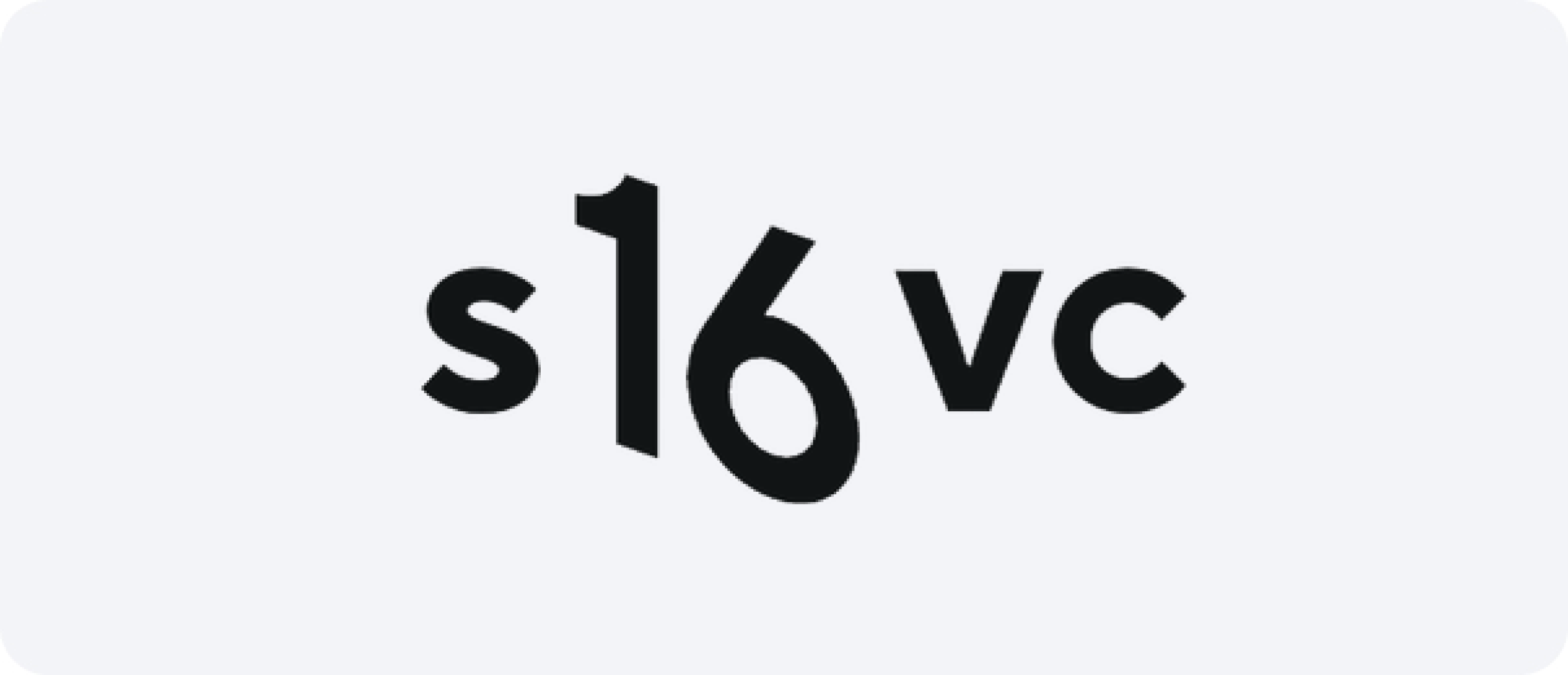

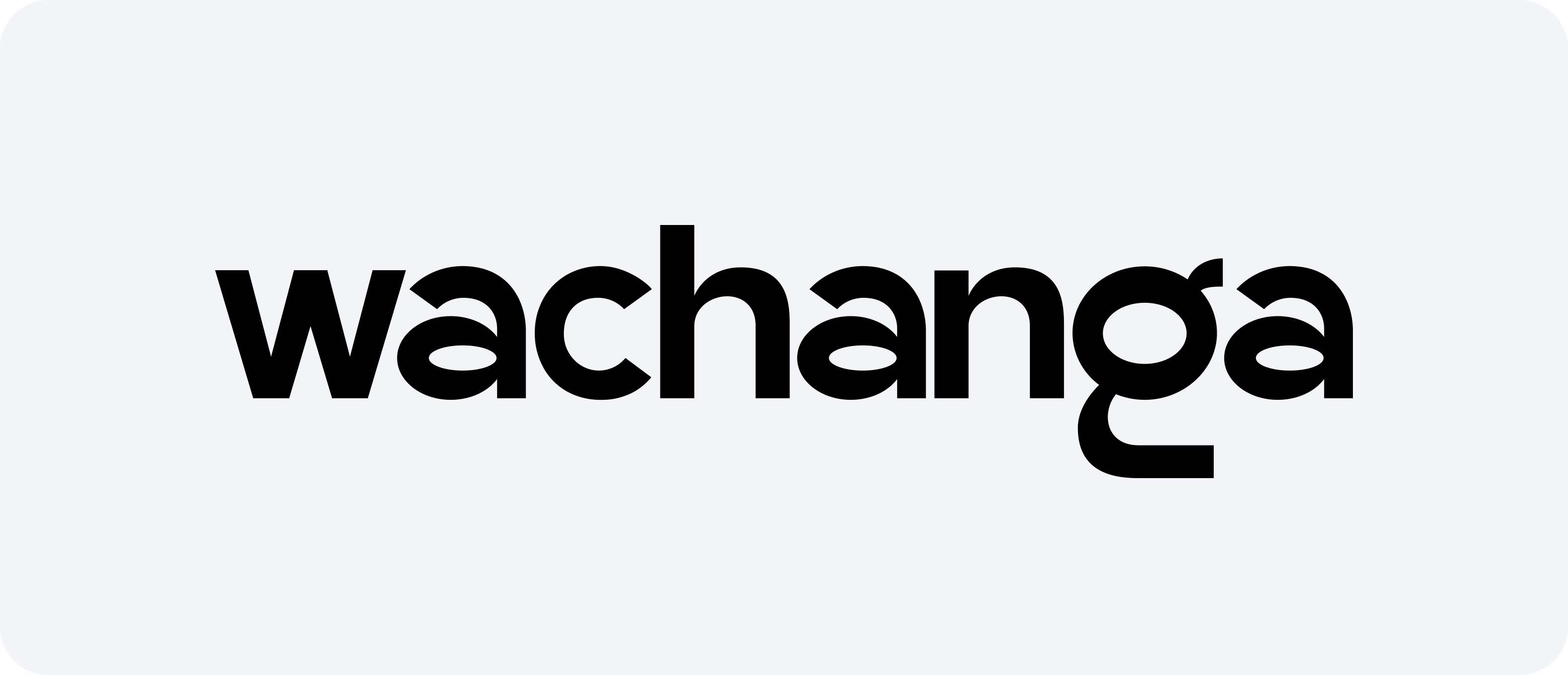

















Comment gérer une réponse d'un bureau d'études à Hong Kong
Recevoir une notification d'opposition lors du processus d'enregistrement d'un dessin ou modèle est fréquent, notamment dans les juridictions aux normes administratives rigoureuses comme Hong Kong. Préparer une réponse bien structurée est essentiel pour faire avancer la procédure et garantir la protection de l'apparence de votre produit. Une stratégie rapide et précise pour répondre aux notifications d'opposition peut déterminer si votre demande sera publiée ou rejetée.
Cet article décrit le processus de gestion des communications du bureau liées aux soumissions esthétiques, aidant les candidats à comprendre les étapes clés impliquées et comment éviter les erreurs courantes.
Comprendre les actions Office dans les applications de conception
Une notification administrative est un document officiel émis par le Département de la propriété intellectuelle (DPI) informant le demandeur des irrégularités ou objections dans sa demande. Celles-ci peuvent aller de formalités incomplètes et de documents manquants à des problèmes de présentation du formulaire demandé. Il est important de traiter ces communications avec diligence et précision.
Il existe généralement deux types d’actions administratives émises :
- Déficiences formelles:Informations manquantes ou incohérentes dans les formulaires, les illustrations ou les détails du demandeur.
- Objections de fond:Problèmes liés à la clarté, à la nouveauté ou au respect des définitions statutaires.
Dans les deux cas, le demandeur ou son représentant doit soumettre une réponse officielle dans le délai prévu, généralement dans les deux mois suivant la date de la notification.
Éléments clés d'une stratégie de conception de réponse solide
Lors d'une action administrative, l'objectif est de résoudre directement les problèmes soulevés tout en garantissant la cohérence de votre position avec la déclaration initiale. Un dossier bien préparé peut inclure :
1. Des éclaircissements détaillés sur chacune des objections soulevées
2. Images ou documentation révisées, si exigées par l'IPD
3. Arguments ou justifications juridiques pour soutenir votre position
4. Demande de prolongation, lorsque plus de temps est nécessaire
5. Correspondance d'un agent de propriété intellectuelle agréé ou d'un expert juridique
Assurer la clarté et la pleine conformité de votre réponse améliore vos chances de surmonter l’objection et d’avancer vers la protection.
Conseils pour répondre efficacement à une action du bureau d'études
Pour éviter tout rejet ou retard inutile, tenez compte des bonnes pratiques suivantes lors de la préparation de votre réponse :
- Agissez rapidement:Respectez toujours les délais fixés par l'IPD.
- Être précis:Adaptez votre conception de réponse à chaque problème spécifique noté.
- Utiliser des supports visuels clairs:Les représentations de haute qualité résolvent souvent les ambiguïtés.
- Engager des professionnels:Travailler avec un spécialiste de la propriété intellectuelle basé à Hong Kong peut considérablement améliorer votre soumission.
- Gardez tout organisé:Conservez un enregistrement clair de toutes les interactions et des documents soumis.
Importance de la représentation professionnelle à Hong Kong
Compte tenu des exigences procédurales spécifiques, il peut être très utile de faire appel à un consultant ou à un avocat local en propriété intellectuelle. Ces professionnels connaissent les normes établies par l'IPD et peuvent communiquer directement avec l'office en votre nom. Ils peuvent également vous aider à déterminer si votre réponse doit inclure des modifications techniques ou des justifications juridiques, selon la nature de l'objection.
Conséquences de l'absence de réponse
En l'absence de réponse dans le délai imparti, la demande sera réputée retirée. Dans ce cas, le demandeur devra recommencer la procédure de dépôt, ce qui pourrait entraîner la perte de dates de priorité ou des frais supplémentaires. Une gestion rigoureuse des communications de l'IPD est donc essentielle pour éviter tout contretemps.
Conclusion
Rédiger une réponse claire et rapide à une demande de dessin ou modèle est essentiel au processus d'enregistrement des produits externes à Hong Kong. Qu'il s'agisse d'une simple demande formelle ou d'une question plus complexe, chaque étape doit être traitée avec attention et professionnalisme. Avec une approche appropriée et, si nécessaire, un soutien juridique qualifié, les demandeurs peuvent surmonter les objections de l'administration et obtenir une protection précieuse sur le marché.




